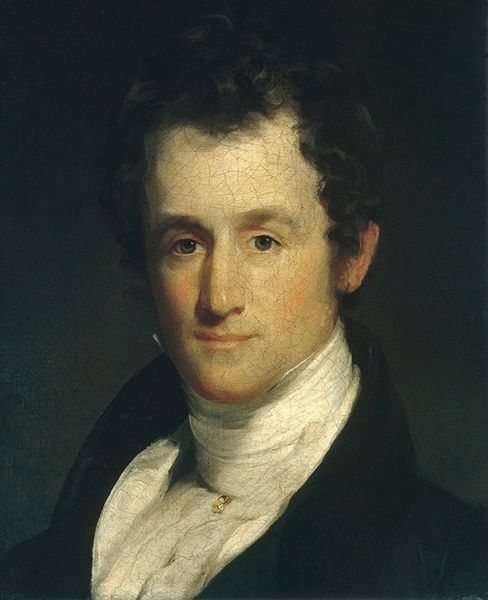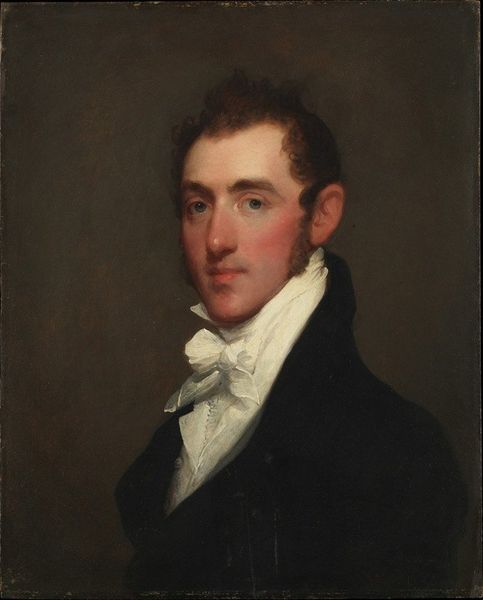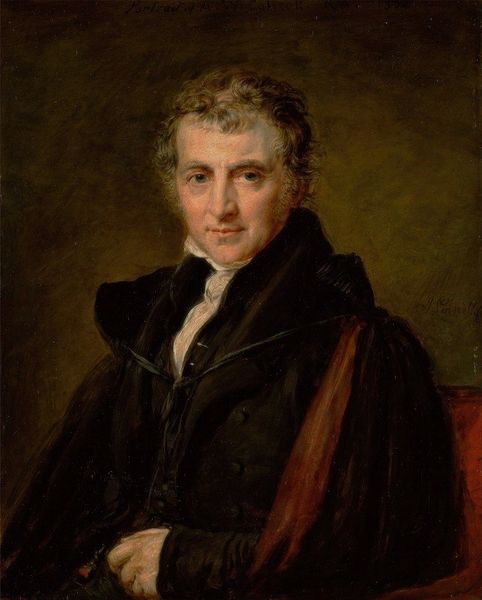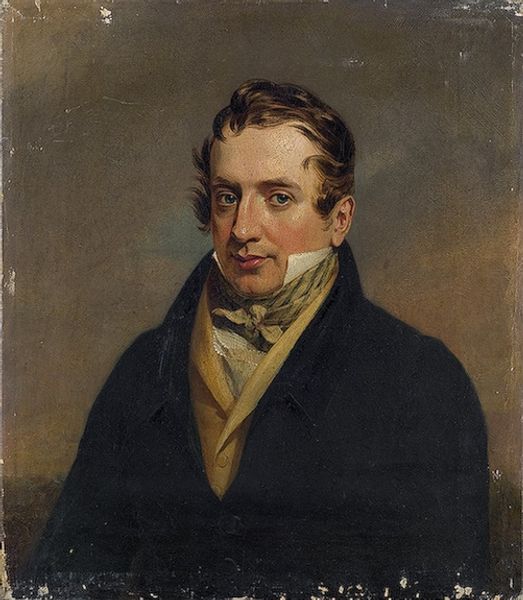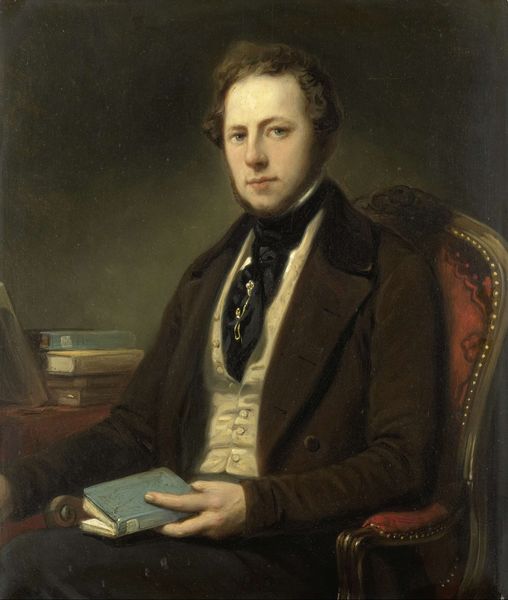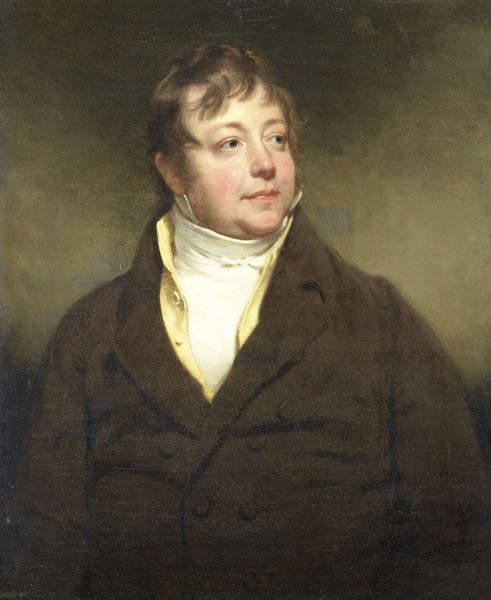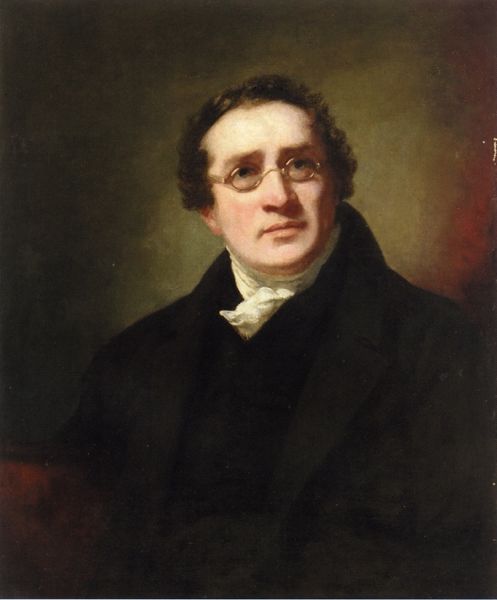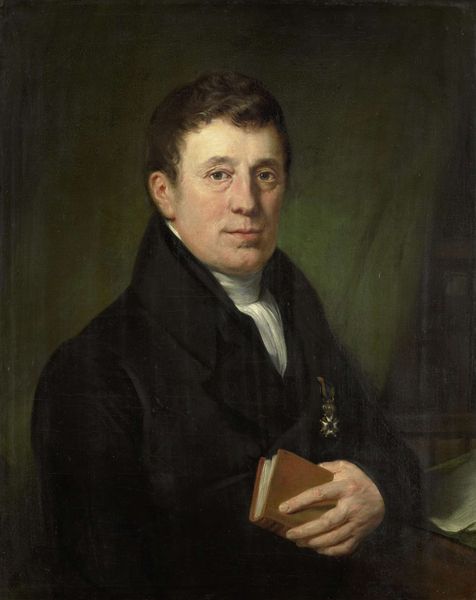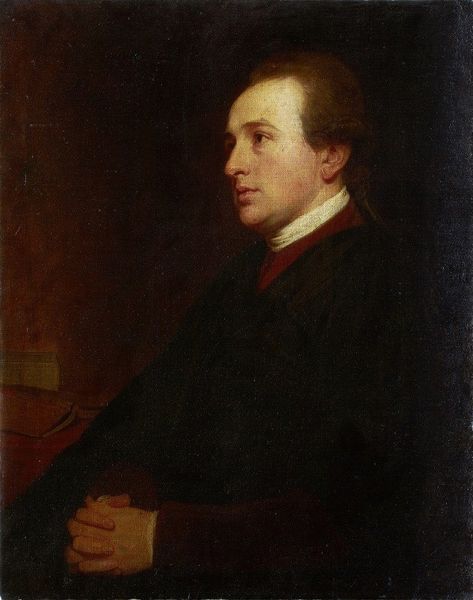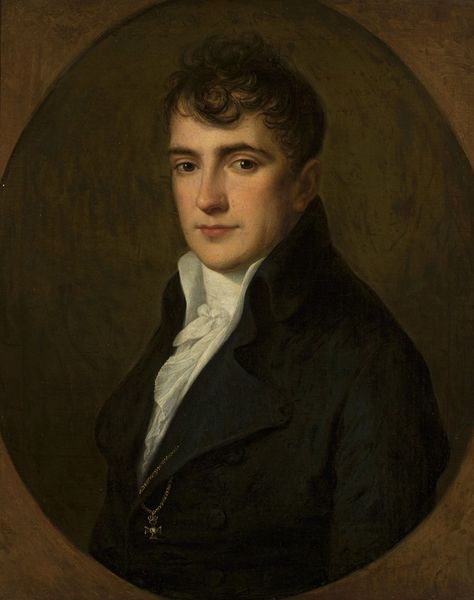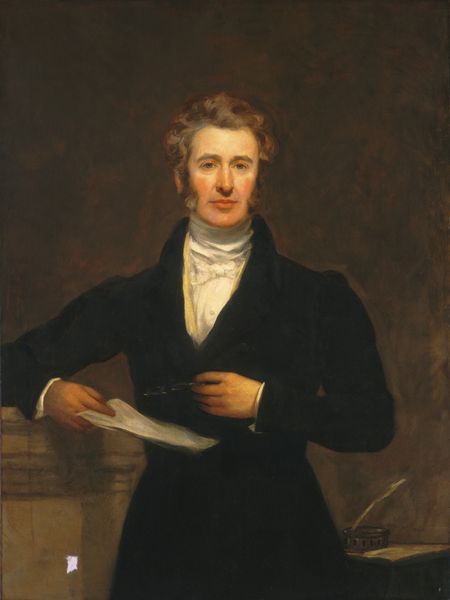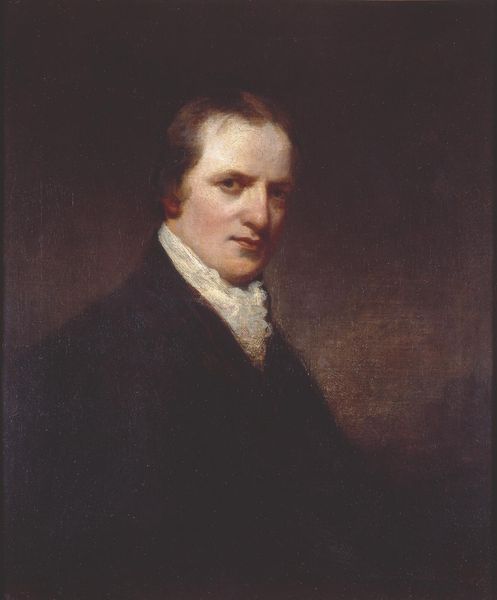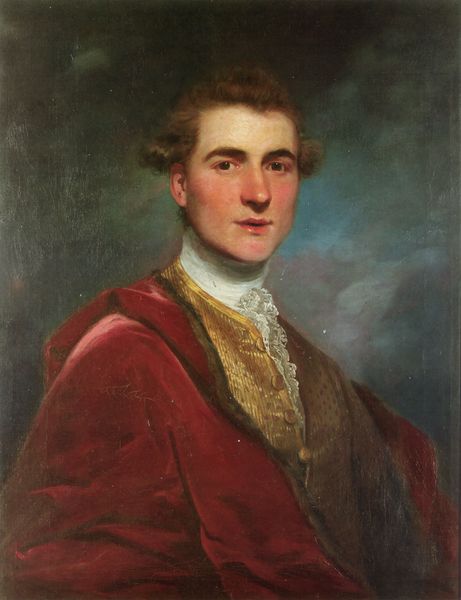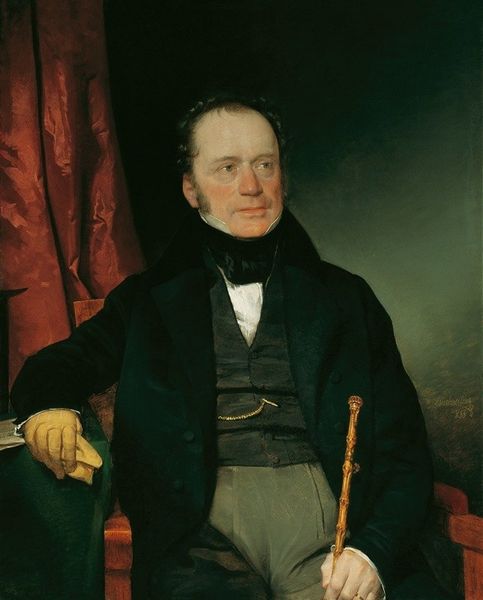
painting, oil-paint
#
portrait
#
portrait
#
painting
#
oil-paint
#
romanticism
#
history-painting
Dimensions: height 76 cm, width 63.5 cm, depth 12 cm
Copyright: Rijks Museum: Open Domain
Editor: Here we have a portrait by Jan Willem Pieneman, from 1821. It depicts Arthur Wellesley, the Duke of Wellington. Done in oil, it carries a weighty, almost melancholic air to me, despite the subject's stoic pose. What strikes you most about this piece? Curator: Well, aside from the Duke's rather intense gaze – I swear he's judging my posture right now – I'm fascinated by how Pieneman captures a man burdened by history. Look at the subtle shading around the eyes, the slight downturn of the mouth. It hints at the weight of responsibility. Makes you wonder what demons Wellington was wrestling with, doesn't it? Almost like the artist had to decide whether to flatter a famous person or capture an essential human condition. Editor: That’s a side of Wellington I hadn’t considered. I mostly think about his military achievements. Did the artistic trends of the time period influence that perspective? Curator: Absolutely! The Romantic era reveled in the emotional lives of heroes. This isn't just a record of a face, it’s a window into a soul – or at least, Pieneman's interpretation of one. There is almost something tragic to this figure who history mostly lauds for heroic feats. Can't you feel the artist leaning in? I bet Pieneman wished he could ask the Duke if he thought all this triumph was worth it. Editor: I see that! Thanks. Thinking about what you have pointed out helps me better grasp both the art and the subject, in tandem. Curator: Exactly! It makes the art *live* with those of us living with it. It almost dares you to find something human, something flawed, within the polished image of power.
Comments
rijksmuseum about 2 years ago
⋮
After Pieneman had approached Wellington with a sketch for The Battle of Waterloo, he was granted permission to paint the protagonists from life. He spent much of 1821 and 1822 in London, as Wellington’s guest. During his time in the English capital the Duke himself and a number of British officers posed for him. Wellington hung the portraits in his London home, Apsley House, on the edge of Hyde Park, which is now open to the public.
Join the conversation
Join millions of artists and users on Artera today and experience the ultimate creative platform.
